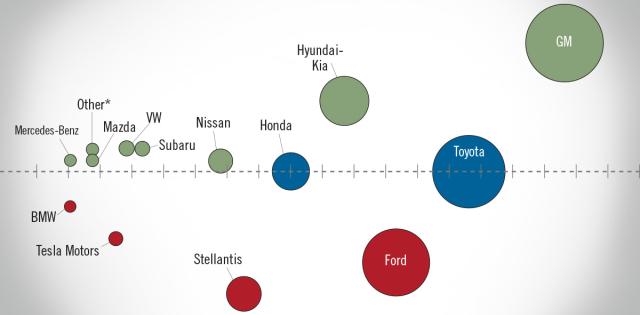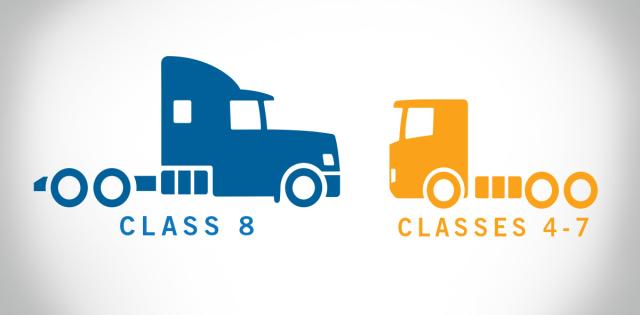As we all know, there have been far too many illegitimate scammers that have plagued American consumers with illegal “robocalls.” One common method employed by such actors is to “spoof” the number from which the call appears to originate, in an effort to entice the recipient to answer the call. There have long been demands for the telephone service providers to “do something” to block these calls. After all, “don’t they know in their systems when a number has been spoofed?” Well, the answer is: “It’s complicated.”
Providers have historically not taken any steps to block suspected scam calls in part because the FCC has had rules for some time that have prohibited telephone service providers from blocking calls that pass through their networks. However, this has recently changed – and that change is creating issues for legitimate businesses of all stripes, including dealers. The recently-passed “TRACED Act,” which NADA flagged in NADA Headlines in January, not only removes this restriction, it requires providers to implement a protocol to block such calls within a year. The FCC has been engaged in a very aggressive effort to encourage (require) the providers to act now to block calls that they suspect are “scam robocalls.” The primary tool that the providers are using (and the tool required under the TRACED Act) is something called the “SHAKEN/STIR” protocol. The FAQ document here provides details on the SHAKEN/STIR protocol, including what it is, what it does, and what dealers should know about it.
The goal is laudable, but unfortunately this protocol is far from foolproof, and the rush to implementation has resulted in many “legitimate” calls being blocked – including some from dealers. That is because the phone networks are very complicated and the protocol does not always “work” across phone networks, or providers. In addition, the protocol is based on a complicated, subjective algorithm that is uneven at best in its application and effectiveness.
What Does All This Mean?
What this means is that a dealer who is calling their customer (for example to notify them that their vehicle is ready for pick up from the service department) may either be unable to complete the call (getting a “busy” or other signal), or can make the call, but the customer’s phone displays a message that says “SPAM” or “Potential SPAM” or “Fraudulent Call” or similar. Customers seeing such messages are obviously unlikely to answer that (legitimate) call.
Some examples of what your customer might see include:


There have been many reports from healthcare providers, pharmacies, grocers, retailers, utility companies, banks, credit unions and financial service providers, among others, that routine, important customer service calls from are being blocked by the providers because of this protocol. NADA has recently received reports that dealers have also now begun to face these issues on calls made from their dealership.
So What Can You Do?
There are several steps outlined in the FAQ document here that you can take to prepare your dealership and to determine if the issue is presenting itself at your store. However, if you find that it is happening to your calls there is unfortunately as yet, no clear “fix.” You should work with your phone carrier to address the issue if possible. You should also consider notifying your customers that there may be issues with your calls and that they should be aware that your call may be mistakenly marked as “SPAM,” and that they should contact you if they do not receive a call from you that they expect. In addition, there are some indications that in some instances if your number is added to the customer’s phone contacts, that could help ensure that calls are completed. In the meantime, dealers should continue to be on the lookout for this issue, and NADA will continue to address dealer concerns with the FCC in an effort to ensure that legitimate calls can get through to your customers.











